Production Note
Production Note
We started to gather information in Fukushima from June, 2011. At the same time, we proposed this project to NHK (Japan’s National Broadcaster) and to oversea broadcasters, but we couldn’t get funding for such a sensitive topic. I and my camera operator traveled between Osaka and Fukushima, a round trip of 1,200 miles, 38 times. After getting permission, we entered the No-entry zone, faced radiation exposure, and entered the Dead Zone.
In total we were there for 82 days and took over 600 hours of footage, which I edited with my own hands over 6 months. With much help from volunteers, such translators and narrators, this film was completed in July, 2016. Please help us show it to the world.
The hidden truth of Fukushima
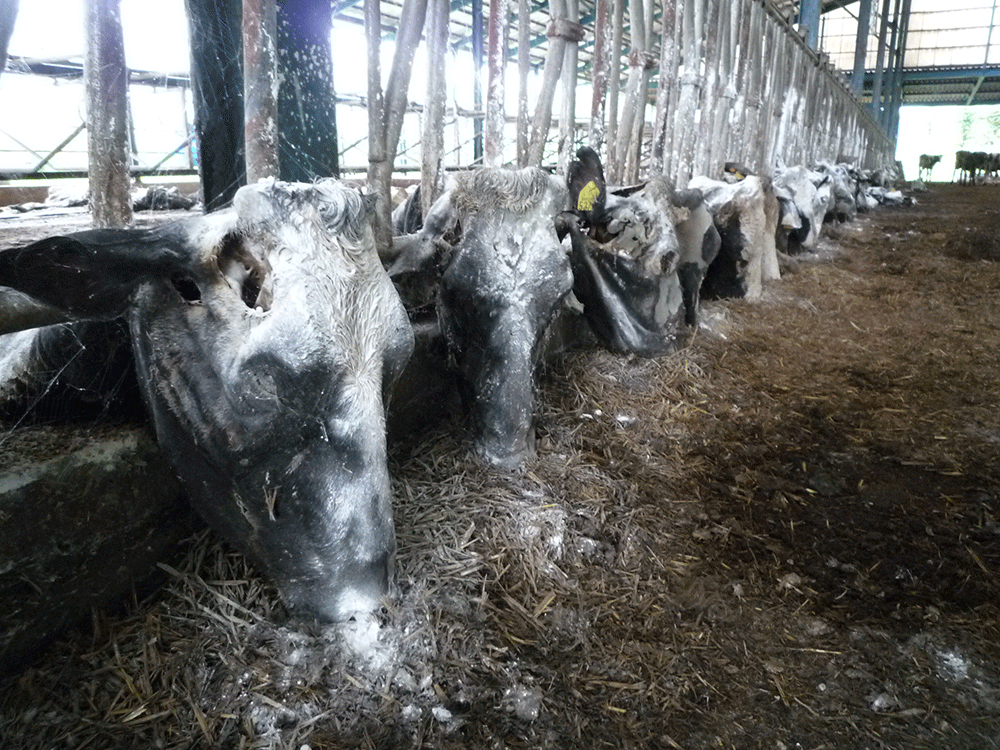 Post 2011 disaster, a 14 miles radius surrounding the Fukushima Nuclear Power Plant became off limits, otherwise known as the “dead zone.” Only selected officials and workers were allowed limited access within the dead zone. Within the “dead zone”, there were 4,000 cattle, 30,000 pigs, and 450,000 chickens. Because the animals were abandoned so quickly, 1400 cows in this area died due to starvation, many of which were still chained to their posts or trapped in their pens.
Post 2011 disaster, a 14 miles radius surrounding the Fukushima Nuclear Power Plant became off limits, otherwise known as the “dead zone.” Only selected officials and workers were allowed limited access within the dead zone. Within the “dead zone”, there were 4,000 cattle, 30,000 pigs, and 450,000 chickens. Because the animals were abandoned so quickly, 1400 cows in this area died due to starvation, many of which were still chained to their posts or trapped in their pens.
3 months after the “Dead Zone” was established, farmers and residents were allowed temporary limited access to visit their homes and farms. On return the farmers were surprised and relieved to find that many of their livestock were still alive, roaming the streets and mountains.
The government ordered the contaminated livestock to be euthanized, for they can no longer be eaten and for fear their feces and bodies still emit unsafe amounts of radiation. Under government orders, most of the livestock were killed, however, there were still a handful of farmers who continued to fight to keep their livestock alive.
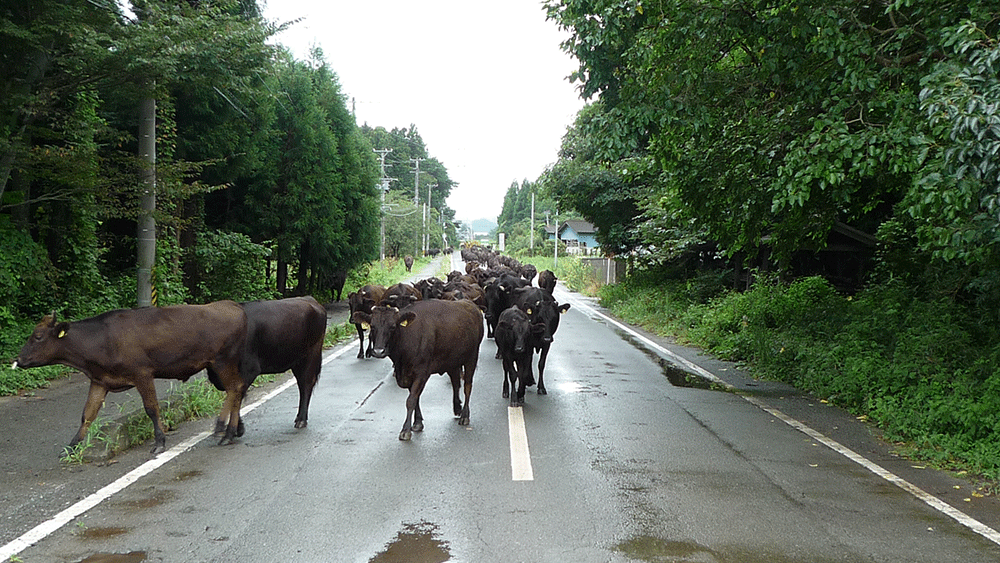
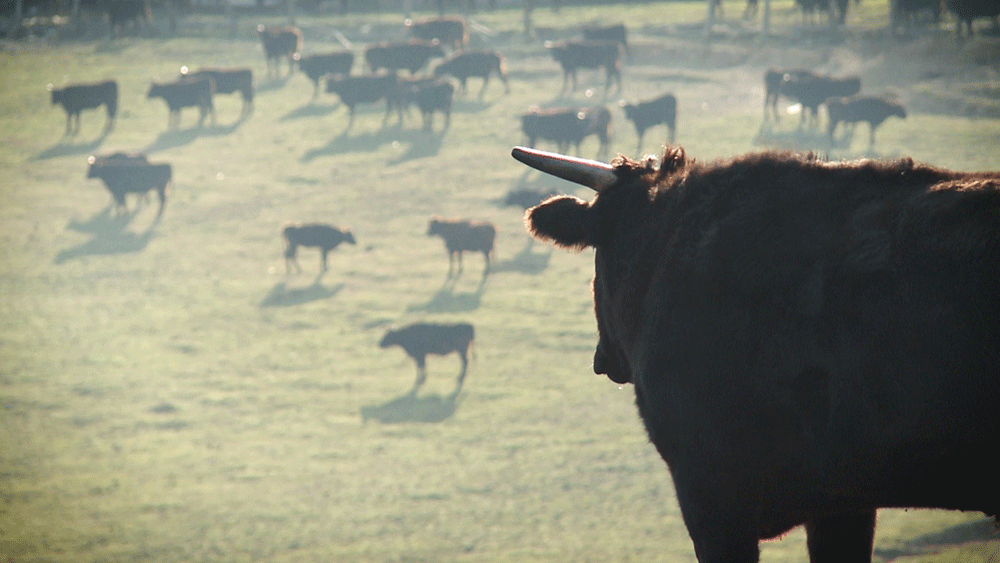
The cattle farmers are struggling
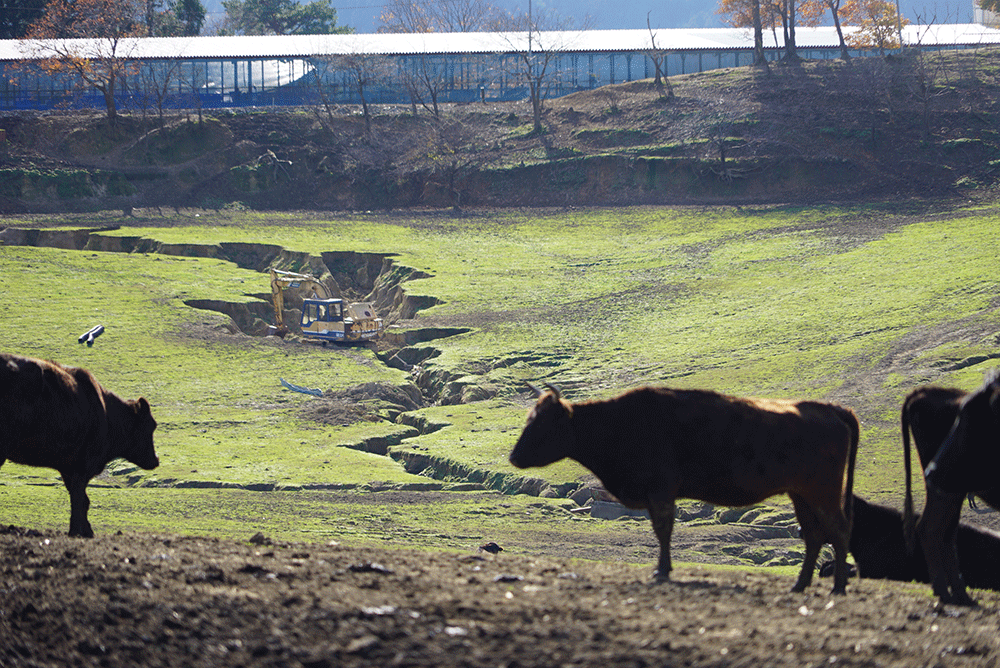
A breakaway group of farmers led by Mr. Yoshizawa concerned for the well being of the contaminated cattle have become very vocal. His farm, Ranch of Hope, is located 9 miles from Fukushima Dai-ichi Nuclear Power Plant, you will come across a lush piece of land that is home to a herd of 330 cows. The scene might even be worthy of a postcard if it wasn’t for the fact that this 80-acre farm situated between Minami-Soma city and Namie town is a radiation hotspot of 200 times higher than the normal level in Tokyo.
Yoshizawa lives on the farm in his sister’s home. The farm’s entrance became accessible as of April 2013, but is actually still classified as off-limits as it lays within the city limits. Nevertheless, the authorities have chosen to turn a blind eye as the land is privately owned. It was from here that he heard the reactor explode and saw the subsequent plume of white smoke. The sight of a long-dead cow at his friends farm during evacuations was more than enough to spur the former student activist into action. There was no way anyone was going to slaughter his precious cows.
An alternative to the unacceptable options of starvation and merciless killing had to be found. Such was Yoshizawa’s resolve that he was literally prepared to become a lab rat for low-level radiation exposure experiments. Amazingly enough, only minute levels of radiation could be detected when he was tested.
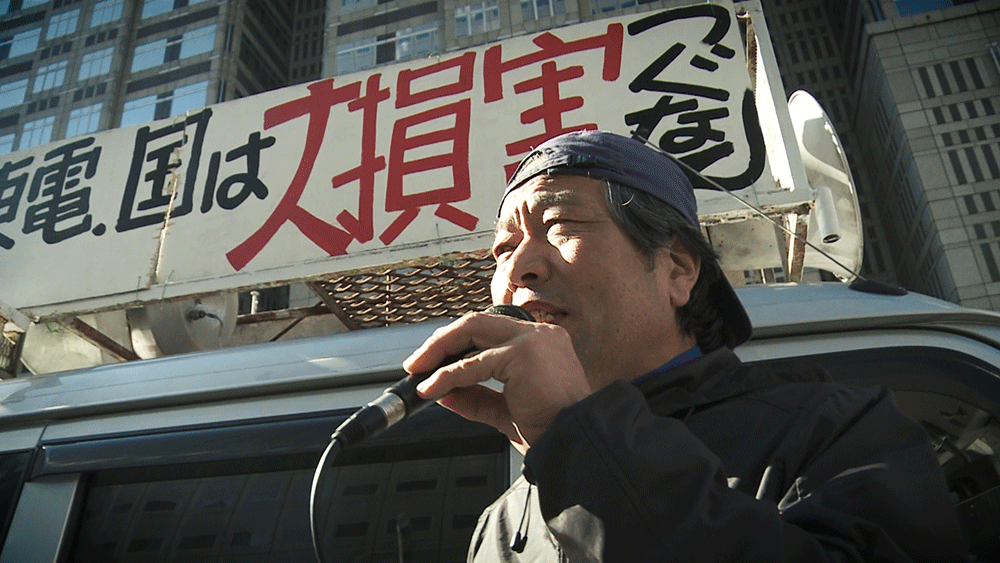 He says, “My Hometown is like Chernobyl. Tokyo’s wealth is based on Fukushima’s sacrifices! Our government instructs us to kill cows that became exposed to radiation. However I, as a cattle farmer, absolutely cannot follow this policy.” He travels Japan shouting through mega phones in busy intersections, blaming the government for the disaster and how nuclear power should never be used. It is amidst such desperation and despair that he decided to rename his property “Ranch of Hope.” Today he is joined by a steadily growing base of supporters who back him in his fight.
He says, “My Hometown is like Chernobyl. Tokyo’s wealth is based on Fukushima’s sacrifices! Our government instructs us to kill cows that became exposed to radiation. However I, as a cattle farmer, absolutely cannot follow this policy.” He travels Japan shouting through mega phones in busy intersections, blaming the government for the disaster and how nuclear power should never be used. It is amidst such desperation and despair that he decided to rename his property “Ranch of Hope.” Today he is joined by a steadily growing base of supporters who back him in his fight.
The Situation of Cattle Farmers who Continue to Care for their Herds within the Dead Zone
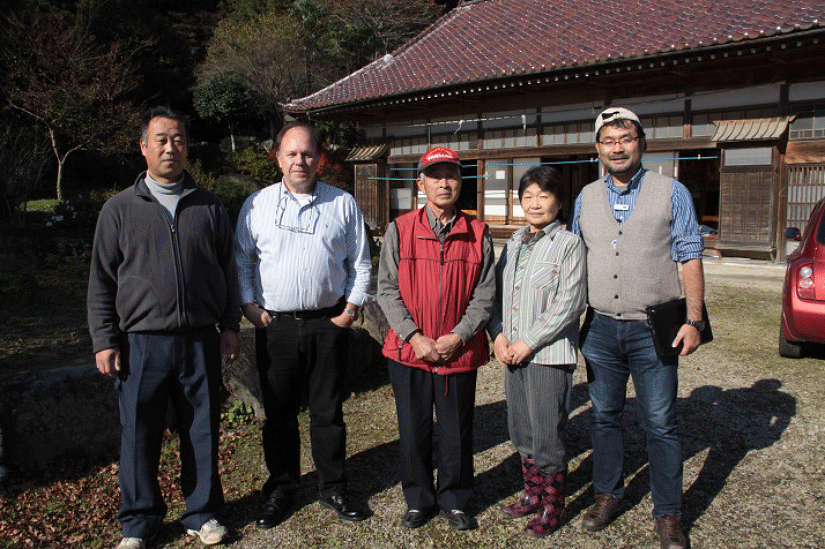 Japanese people have only consumed cattle for meat for about 150 years, post Meiji Era. For the Japanese, their historic view, cows are not only the partners who work on farms, but are also considered family members. In Fukushima that custom continues to today.
Japanese people have only consumed cattle for meat for about 150 years, post Meiji Era. For the Japanese, their historic view, cows are not only the partners who work on farms, but are also considered family members. In Fukushima that custom continues to today.
73 years old Yukio Yamamoto is the former town chairman of Namie town and owner of a family farm that dates back some 15 generations. He was once an active proponent for nuclear power. His 100 year old house just 12 kilometers from the devastation is now subject to 5 micro seivert per hour of radiation. Yukio is forced to make a daily roundtrip of 60 miles from the evacuation shelter in Nihonmatsu City to feed his cattle. Killing his cattle for such a reason, is relative to killing a family member, he believes. The Yamamoto family has cared for this land for more than 500 years. He wants to see that it’s once again passed down to the next generation and makes sure the house and garden are kept in impeccable condition.
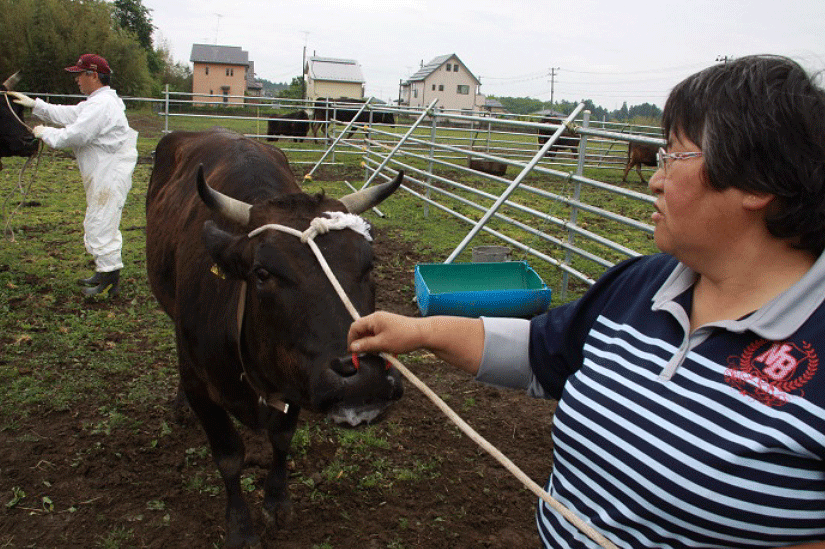 Mr. and Mrs. Ikeda managed a farm just 6 km away from the nuclear power plant in Okuma town. They travel to the farm every day from their evacuation shelter in Iwaki City. Their 26 years old son graduated from university 4 years ago with a major in dairy farming. They are driven to risk radiation exposure from a sense of guilt about not being able to leave the farm to their son. They do not accept any volunteer assistance or donations, for they firmly believe it is their sole duty to keep their own cattle alive. However, the financially stretched couple are the most likely of the remaining farmers to give up the fight. Which will be the first to go? The cows or the Ikeda’s monetary reserves?
Mr. and Mrs. Ikeda managed a farm just 6 km away from the nuclear power plant in Okuma town. They travel to the farm every day from their evacuation shelter in Iwaki City. Their 26 years old son graduated from university 4 years ago with a major in dairy farming. They are driven to risk radiation exposure from a sense of guilt about not being able to leave the farm to their son. They do not accept any volunteer assistance or donations, for they firmly believe it is their sole duty to keep their own cattle alive. However, the financially stretched couple are the most likely of the remaining farmers to give up the fight. Which will be the first to go? The cows or the Ikeda’s monetary reserves?
Dead Zone is a place Samurai cultures remain
In the Soma District Including the dead zone of Fukushima Prefecture, which is a famous horse-breeding region, a festive event called Soma-Nomaoi has been held since ancient times. This Samurai festival is the biggest traditional event of samurai held in Japan. Mr. Yukio Yamamoto , and the cattle farmers in the Dead Zone , have participated every year in this traditional event.
Soma-Nomaoi is a 1,000-year-old traditional festival which introduces the code of the samurai during the Warring States Period up to the present day.
Over a thousand years ago, The Samurai Leader Tairano Masakado the founder of the Soma clan. Soma-Nomaoi Ritual in Shimōsa Province (the northwest of Chiba Prefecture) was originally for military exercise to depict battle, at present every year at the end of July on Saturday, Sunday, Monday, the 500 equestrian warriors in armor and Sword, with samurai sprint and Hatasashimono (battle banner) flying high riding to wage war. The people of Soma feel great pride for this festival as it has been held every year for over a thousand year, even during wartime.
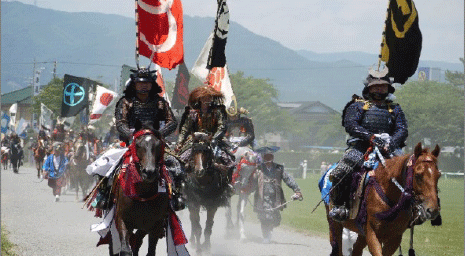
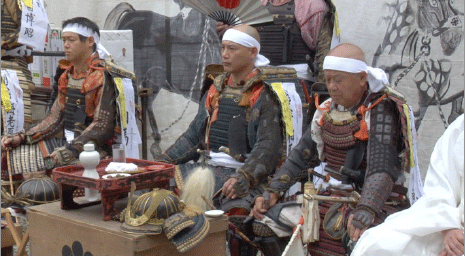
First example of research on contaminated cattle in the world
The cattle farmers believe strongly the remaining cows can be used for research and is enough of a reason for the cattle to continue to live. One farmer takes an hour long journey from his temporary home every other day to care for the contaminated cattle. One of these farms is Watanabe Ranch, Namie town, which experiences 30 micro sievert per hour, at 7 miles from the Fukushima nuclear power plant, a location which may be off limits for the next 100 years. Because the radiation levels are so high in this area, a human exposed to 4 or more hours per day in this location will exceed the government standards for annual safe levels of radiation for an individual. Even so, members continue to visit these locations and care for the cattle. After losing their homes, family members, and jobs, caring for the cattle is all that they have left. This has become their life, without the cattle they may end up in severe depression or even commit suicide as many other have done.
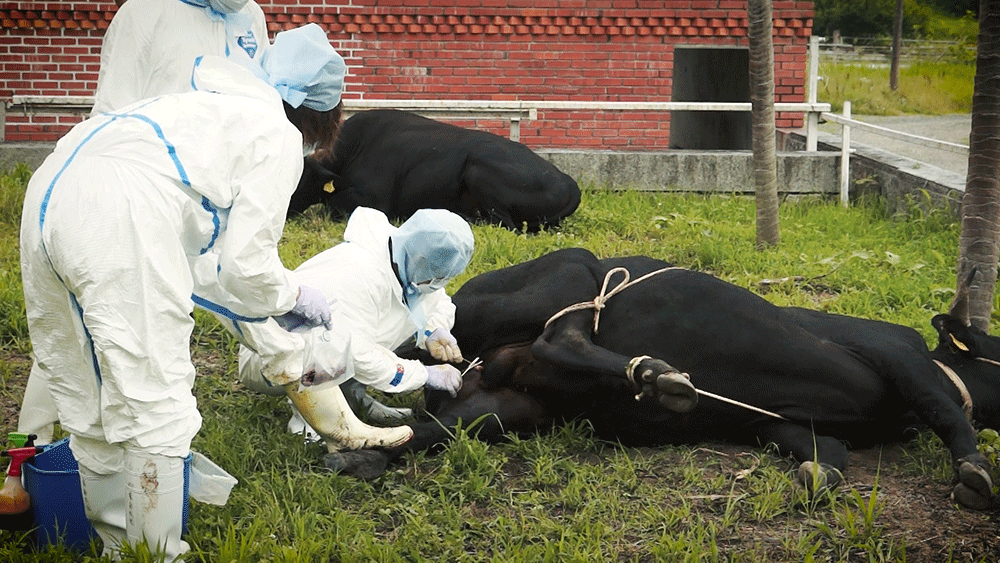
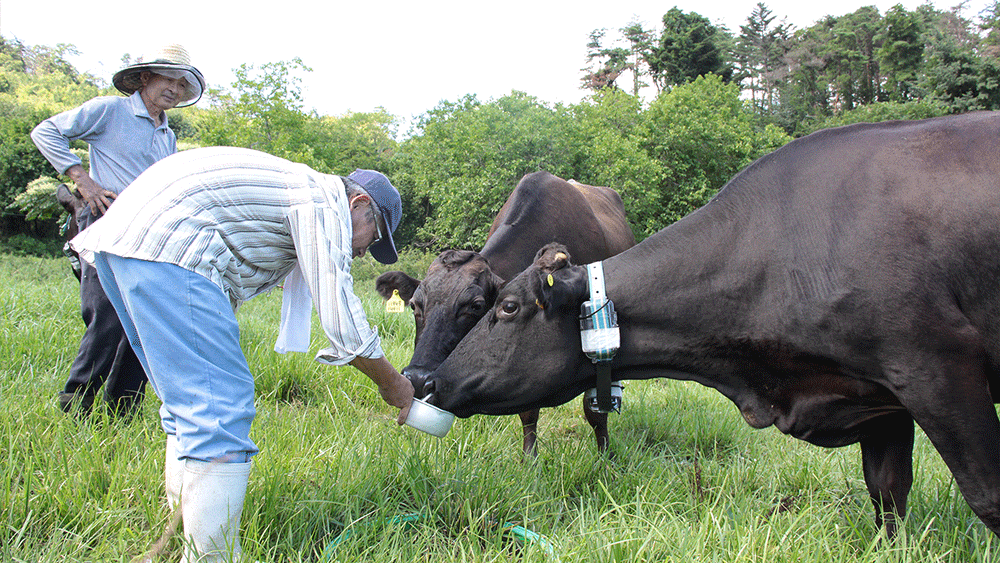
Contaminated cattle are no longer profitable for they cannot be sold. To continue raising a single cow, approximately 2000 dollars will be spent yearly. Yet, rather than kill the cattle, they hope they can be used for some other purpose, a purpose that can keep them alive. After long and hard negotiations, the government permitted the cattle to live, however, stating that they will not support these farmers in any way. The cattle are not merely considered a source of income for the farmers. Cattle are raised lovingly, given much love and care until the day for slaughter arrives. Until that day, the cattle are almost like family, and are a great part of who and what the cattle farmer stands for.
Unidentified white spots appearing on the cattle
2 years since the nuclear power plant accident, in 2013, unidentified spots have appeared on some of the cattle. However white spots appearing on this species of cattle is not at all rare, a condition coming from their DNA. Yoshizawa has never seen these white spots before, which are unusually small. He took advantage of this, claiming the white spots are caused by the radiation, to use as a weapon against the government. On the other hand, Dr.Okada, Professor of Iwate University is uncertain that the cause of these spots are in fact radiation. Professor Okada expressed concern to Yoshizawa stating that the spots are caused by the radiation from the nuclear accident, even though more research is required to prove this. Yoshizawa is acting out of blind rage, using everything he can as a weapon to further his fight with the government. These differences led to Professor Okada and his research team splitting from Yoshizawa.
Finally he took a cow with white spots from the dead zone to Tokyo , this is prohibited.
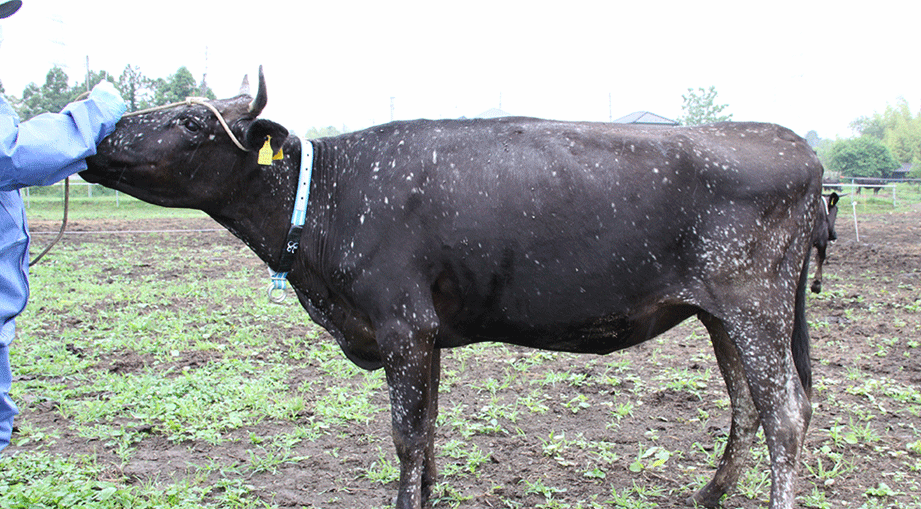
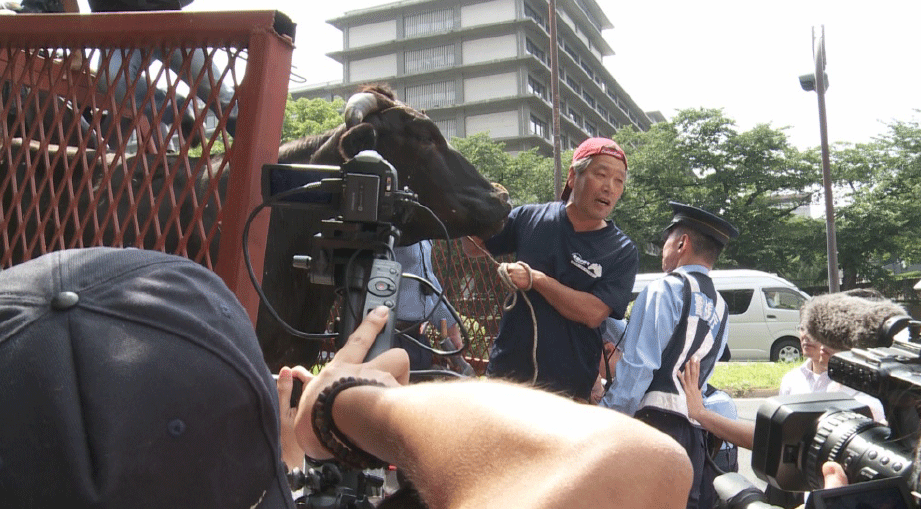
The effects of radiation on the cattle so far
Professors Okada and researches who specialize in animal research gathered to start their research on the contaminated cattle. Recently, the researches announced that 3-6 months of clean/uncontaminated water, feed, and air rid the meat of 99% of the radiation, clearing the standards for safe meat. On the other hand, research has also shown that the radiation causes permanent damage to the host as well, greatly increasing the chance of thyroid cancer among these cattle. The same effects on the thyroid of children are being observed in Fukushima as well, however the government is desperately trying to hide this fact.
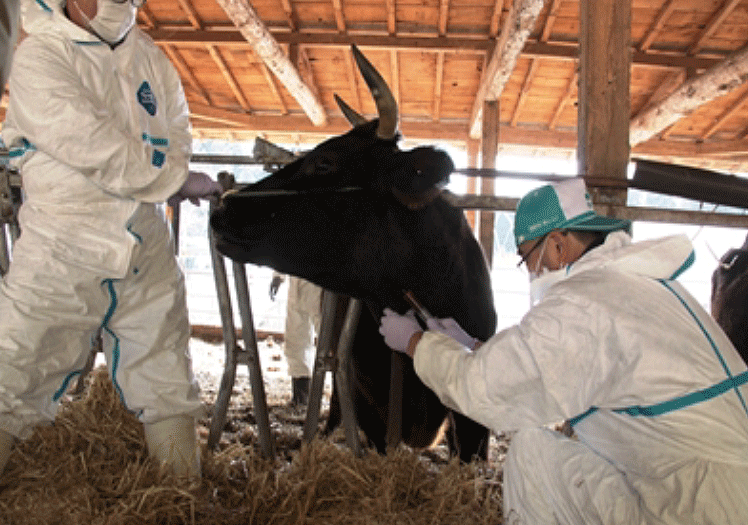
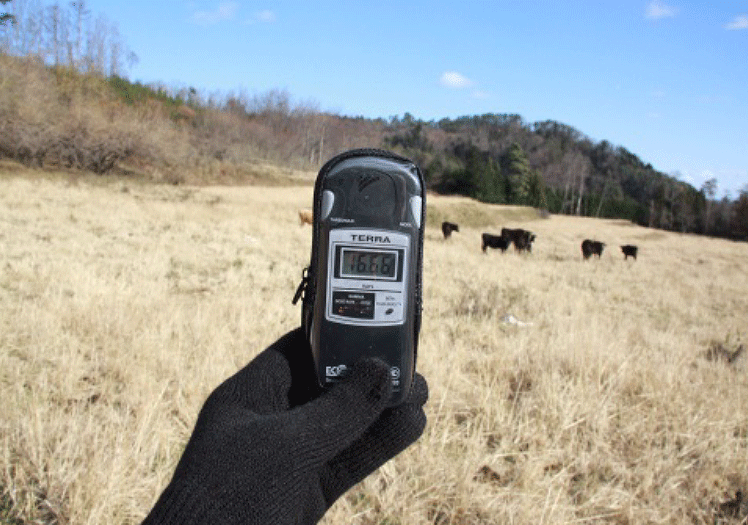
The effects of continuous amounts of low radiation on the body is an unexplored topic. The Fukushima radiation spill is very different from Chernobyl for a number of reasons. 1. The citizens of Fukushima were evacuated immediately after the disaster. 2. The citizens of Chernobyl continued to consume contaminated milk and produce for a long period of time. The effects of low doses of radiation on small organisms like bugs can be seen easily, however the effects on large mammals are not so easy to spot. Low doses of radiation, although continuous, may not pose as much threat to the human body as previously thought. Research on this has never been done before, and Fukushima has proven to be the perfect chance to continue research on this topic.
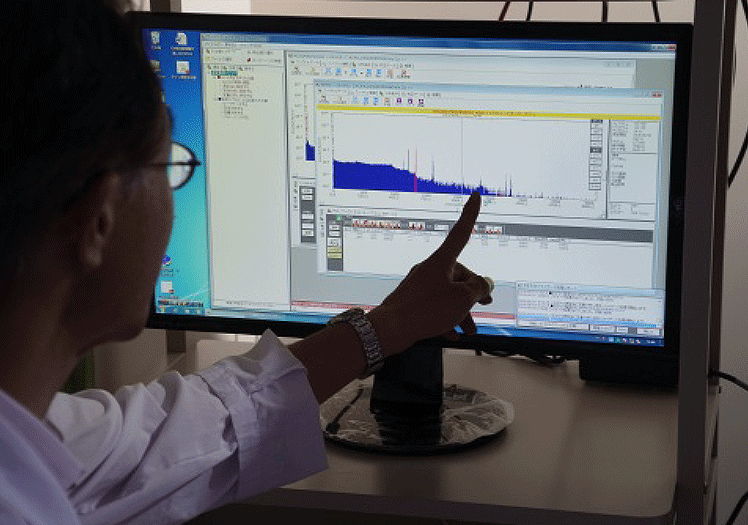
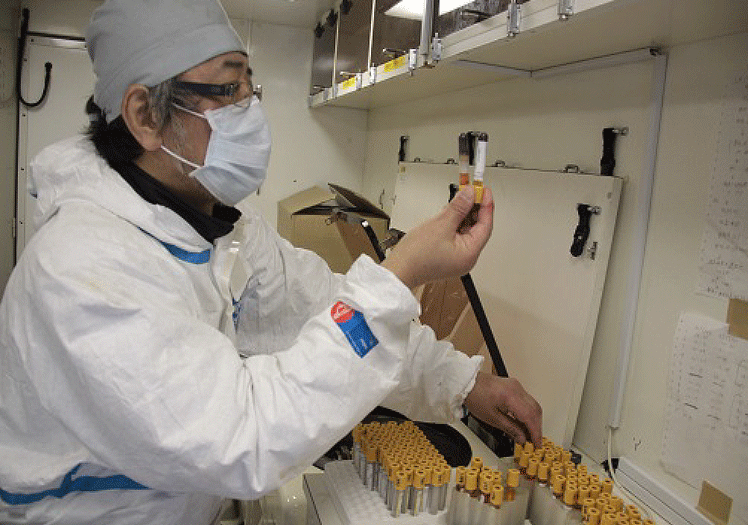
Without support from the government, the budget is not flexible and they are struggling to gather money to feed the cattle and continue their research. 6 years since the disaster, many of these farmers started dropping out, prioritizing their livelihood over their cattle. However, a select number of farmers still continue to fight for their cattle, never losing their resolve to keep their cattle alive.
Explaining the 14 miles radius
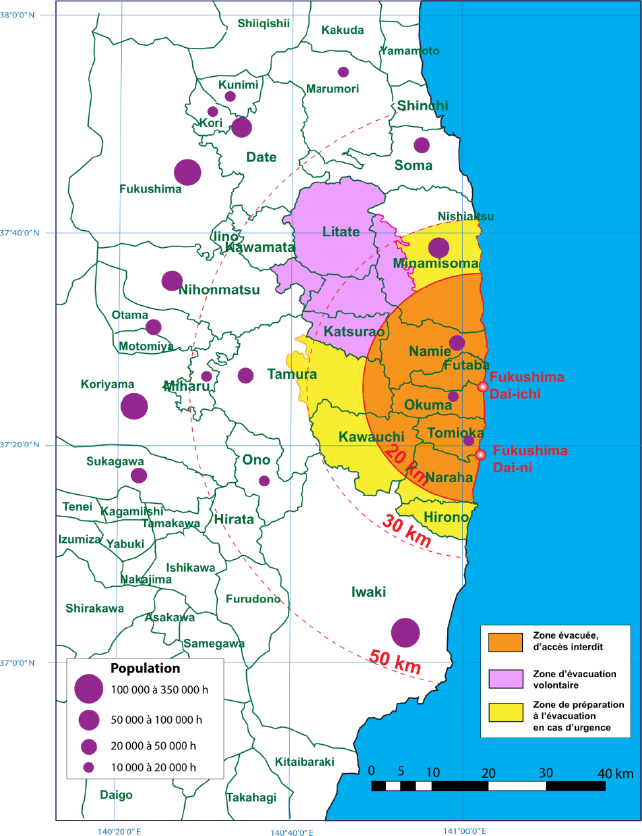
When the explosion occurred, debris was carried over a wide part of Japan by the wind. The radius surrounding Fukushima Dai-ich nuclear power plant should have been drawn with accordance to the wind direction and levels of radiation. Instead, the government simply created a perfect radius around the nuclear power plant, causing all those within the radius to lose their jobs and homes. Even though clean water and feed will lower contamination levels of the animals back to safe levels, no longer are the contaminated cattle within the 14 miles radius are being differentiated from the non- contaminated cattle outside the Dead Zone. This has caused much discontent among cattle farmers who still have work for this reason.
In regard to the exposed cows, feelings of animal rights activists, social merits of studies of exposure from radiation, and resistance to the policy of central government are all conflicting and complicating things. As long as the exposed cows are alive, the memories of this tragic nuclear incident will stay with us.
Currently, there are only 6 cattle farmers remaining, with a total of 500 cattle in the “Dead Zone.” The documentary was focusing on these farmers who love their cattle and refuse to give in. Now the Japanese Government issues enforced return to the Dead Zone for evacuated residents. Only 10 percent of residents have accepted. Most residents find it an unbelievable order and refuse to return. The Government on one hand says the cattle cannot be sold, as its unsafe, but on the other tell the people to return.
Profile of Director / Tamotsu Matsubara
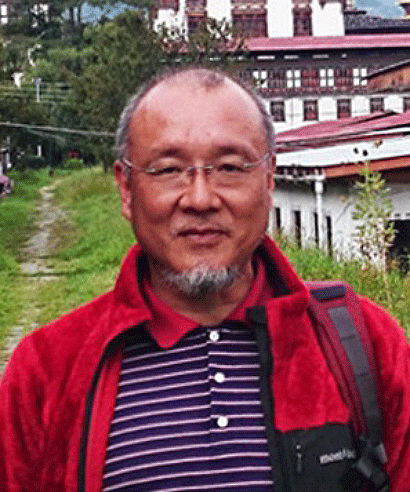
Producer and director Tamotsu Matsubara with 30 years Documentary and media experience is president of the company. Matsubara has been reporting on the situation in post-tsunami Fukushima since May 2011. He was particularly moved by the thousand-year-old Samurai festival “Soma Nomaoi.” The invincible samurai spirit of the survivors and their struggle to pass on the legacy of their forefathers was captured in the documentary “Samurai of Fukushima,” a joint production with the History Channel that was aired throughout Asia on New Year’s Eve 2013.
He started filming Nuclear Cattle in 2011. This Documentary was a culmination of 5 years hard work. The aim was to film the farmers day-to-day trials and tribulations and follow them as they make the do-or-die decisions that will change their lives for good or bad forever.
Company Profile / Power-I, Inc.
Power-I, Inc. was established in 1993, and production offices are based in Osaka. Power-I was the first Japanese production company to realize an international co-production with Bhutan Broadcasting Service, BBS. Therefore we have a very strong bond and friendship with BBS. We continue to independently report on traditional cultures that have been vanishing due to modern advances and disasters. The radiation-exposed cattle of Fukushima, and the documentary on the sword smith and his last disciple are just some of the films we have done. We have been involved in international co- production, using Japanese government grants in 2012 and 2013.